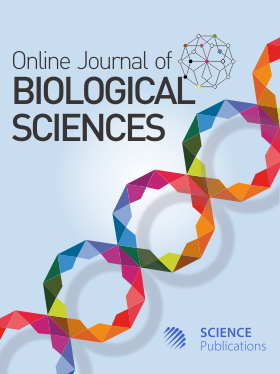Participation of Dermacentor Reticulatus Imago in the Reservation of Bovine Leukemia Virus
- 1 Northern Trans-Ural State Agricultural University, Tyumen, Russia
- 2 Urals State Agrarian University, Ekaterinburg, Russia
Abstract
Strict implementation of measures for the prevention and elimination of bovine leukemia does not allow completely getting rid of this disease. In all likelihood, the leukemia virus has additional transmission routes that have not been taken into account until today. In the Tyumen region, blood-sucking insects and ticks are widespread and take part in the transmission of some infectious and invasive diseases. The study aims to evaluate the possibility of reservation of the bovine leukemia virus in the imago of ixodid ticks. Studies on the spread of bovine leukemia were conducted from 1995 to 2019 based on veterinary reports. Laboratory and production experiments on feeding imago of ixodid ticks were carried out in disadvantaged farms of the Tyumen region and at the Department of Infectious and Invasive Diseases of the Federal State Budgetary Educational Institution of Higher Education, State Agricultural University of the Northern Trans-Urals. Detection of the bovine leukemia virus was carried out at the veterinary diagnostic center of the Ural Scientific Research Veterinary Institute (Yekaterinburg) and the Agrobiotechnology Center of the State Agricultural University of the Northern Trans-Urals (Tyumen). The experiments were carried out on Dermacentor reticulatus ixodid ticks, which were fed on infected and sick animals. It was found that the imago of ixodid ticks was capable of preserving the DNA molecule of bovine leukemia provirus in their body when feeding on hematologically ill animals in 92.9% of cases, whereas when feeding on seropositive animals, all the fed females retained bovine leukemia provirus in their body. It was found that the bovine leukemia virus could persist in the body of ixodid ticks for at least one year. The study allows determining the role of ixodid ticks in the persistence of the leukemia virus and the likely possibility of its transmission to subsequent generations of ixodid and infection of more susceptible animals in a grazing system.
DOI: https://doi.org/10.3844/ojbsci.2022.456.462

- 2,044 Views
- 941 Downloads
- 0 Citations
Download
Keywords
- Bovine Leukemia Virus
- Ixodid Ticks
- Dermacentor Reticulatus Reservation Molecular Diagnostic Methods
